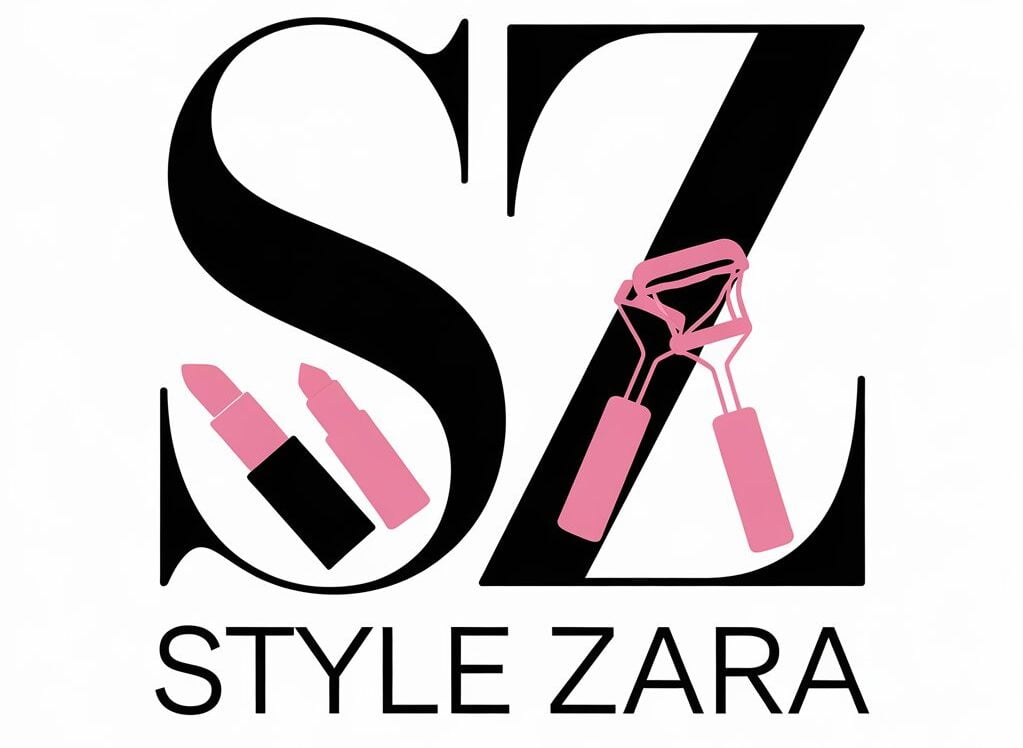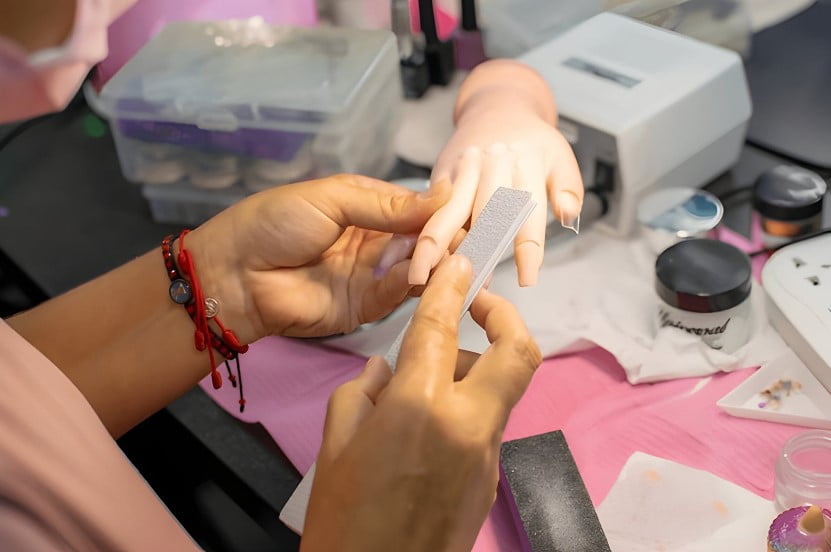Acrylic Nail Health & Maintenance Tips
Acrylic nails have been a go-to choice for many who desire strong, long, and eye-catching nails. Known for their durability and versatility, they allow for endless design ideas and can withstand daily wear and tear better than other types of manicures. However, maintaining healthy nails underneath those beautiful acrylics requires proper care. This article will delve into essential tips for keeping your natural nails healthy, selecting the right acrylic nails kit, and understanding best practices for upkeep and DIY acrylics nails removal.
Key Takeaways:
- Prioritize nail health by moisturizing and practicing good nail hygiene.
- Choose high-quality acrylic kits and avoid overuse of harsh chemicals.
- Regularly inspect for signs of infection or irritation under acrylics.
- Proper removal techniques can prevent damage to natural nails.
- Rehydrate and repair nails after acrylic application to maintain strength.
1. Why Nail Health Matters for Acrylic Lovers
While acrylic nails enhance aesthetic appeal, they can pose challenges to nail health if not managed correctly. Without proper care, the natural nails beneath can become brittle, thin, or even infected. Regular maintenance routines are essential to keep nails resilient, reduce the risk of fungal infections, and extend the lifespan of acrylics.
2. Choosing a Quality Acrylic Nails Kit
Starting with the right tools is fundamental. When selecting an acrylic nails kit, look for products containing high-quality acrylic powder and monomer liquid, non-toxic ingredients, and tools like a good nail file, brush, and buffer. Cheap or low-quality kits may contain harsh chemicals that can weaken your nails over time, so it’s worth investing in products known for safety and durability.
| Essential Items in a Quality Acrylic Nails Kit | Description |
|---|---|
| Acrylic Powder & Monomer | Forms the core structure of acrylic nails. Ensure they are non-toxic. |
| Nail Brush | For precise application of acrylic. Opt for a brush made of natural fibers. |
| Nail File & Buffer | Smoothens and shapes acrylics for a professional finish. |
| Primer | Prepares the nail surface, promoting adhesion. |
| Cuticle Pusher | Helps to gently push back cuticles before applying acrylic. |
3. Prepping Your Nails Before Acrylic Application
Healthy acrylic nails begin with proper nail prep. Start by cleaning your nails thoroughly and ensuring they are free from oils, lotions, or old polish. Use a cuticle pusher to gently push back cuticles and a nail file to shape your nails. Applying a primer before acrylic application ensures better adhesion and reduces lifting, which minimizes the risk of moisture and bacteria buildup beneath the acrylics.
4. Regular Moisturization: A Nail-Saving Routine
Acrylic nails can lead to dry natural nails. Make it a habit to moisturize daily, especially around the cuticles. Moisturizers containing vitamin E or jojoba oil are excellent choices. Keeping nails hydrated also helps prevent peeling, brittleness, and breakage. Moisturization goes a long way in maintaining both nail and cuticle health under acrylics.
5. Tips for DIY Acrylics Nails Removal
Removing acrylic nails incorrectly is one of the most common causes of natural nail damage. DIY acrylics nails removal requires patience and the right tools. Begin by soaking your nails in pure acetone for 20–30 minutes, then use a gentle tool to lift and remove the acrylic. Avoid peeling or forcefully pulling acrylics, as this can lead to painful nail bed damage. After removal, hydrate and treat your nails to aid in their recovery.
6. Watch for Signs of Nail Infection
While acrylic nails are safe for most people, they can trap moisture, leading to bacterial or fungal infections. Common signs of infection include swelling, redness, or pain under the acrylic. Regularly inspect the edges of your nails and the area around the cuticles, and if you notice anything unusual, consult a nail professional for advice.
7. Acrylic Nails Health and Maintenance Essentials
Nail health is an ongoing process. Regular trimming of acrylics every few weeks can help reduce pressure on natural nails. Opt for a balanced diet with vitamins B, C, and E to strengthen nails from within. Periodically taking breaks from acrylics to allow your natural nails to breathe can also be beneficial. By prioritizing acrylic nails health and maintenance, you promote healthier, stronger nails for the long term.
8. Styling and Design Ideas to Try
One of the biggest advantages of acrylic nails is the vast array of design ideas they offer. From simple French tips to intricate ombré effects, glittered edges, or marble-inspired looks, there are endless possibilities. When selecting designs, keep in mind that shorter, simpler designs require less upkeep, while longer, intricate designs may need extra care to maintain. Experiment with colors, textures, and even nail accessories to create a look that reflects your style.
9. Nail Care Post Acrylics Removal
After removing acrylics, give your nails a bit of pampering to help them recover. Apply a nourishing nail oil daily, preferably one containing biotin or keratin to strengthen nails and aid in their growth. Buffing nails lightly can help restore shine, but avoid over-buffing to prevent thinning. Letting nails rest for a week or two before reapplying acrylics can make a significant difference in their health.
10. Professional Maintenance vs. DIY: Weighing the Options
While DIY acrylic application can be convenient, professional maintenance has its perks. Skilled technicians are trained to apply acrylics with precision, minimizing damage risks and ensuring a clean, lasting finish. Regular visits to the salon for touch-ups can also catch early signs of potential issues, saving you from bigger problems down the road. However, with the right knowledge and tools, DIY applications and maintenance can be rewarding, cost-effective, and convenient.
FAQs
1. How often should I replace my acrylic nails?
Every two to three weeks is ideal to avoid potential damage, though touch-ups may be needed if they start lifting sooner.
2. Can I remove acrylic nails at home safely?
Yes, with patience and acetone, DIY acrylics nails removal is achievable. Avoid peeling them off to prevent damage.
3. How can I avoid nail infections with acrylics?
Ensure proper application, avoid exposing acrylics to prolonged moisture, and inspect regularly for signs of infection.
4. What should I look for in a quality acrylic nails kit?
Look for high-quality acrylic powder, monomer liquid, and safe ingredients to protect natural nail health.
5. Are breaks from acrylics necessary for nail health?
Yes, taking periodic breaks allows natural nails to recover and breathe, promoting overall nail health.
By following these guidelines, you can enjoy the beauty and versatility of acrylic nails while maintaining healthy, strong natural nails underneath. With the right tools, careful maintenance, and mindful removal, acrylic nails can be a safe and beautiful way to enhance your style.

